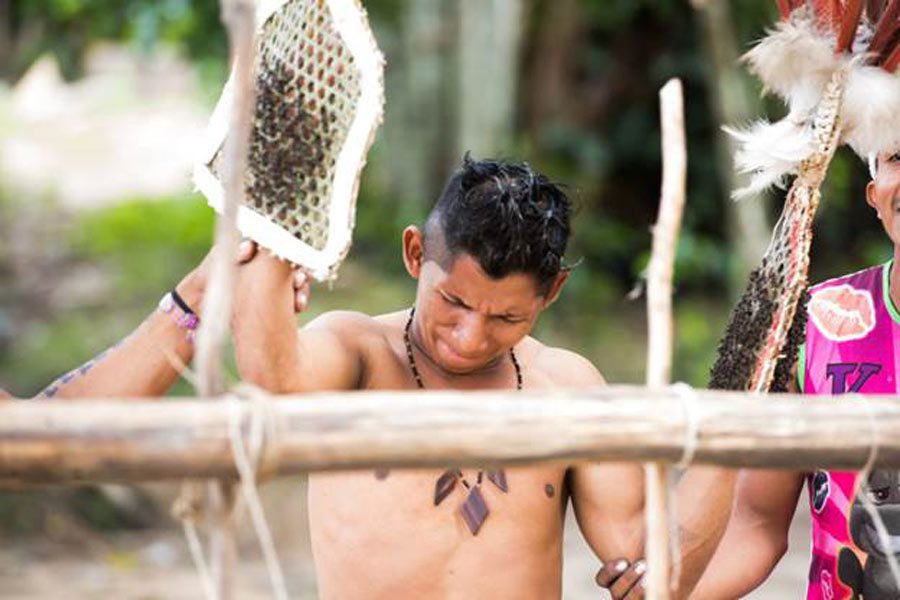Rites of passage have been integral to military culture, marking important milestones in a soldier’s career while fostering a sense of duty and camaraderie. Basic training is a well-known initiation ceremony where recruits undergo physical and mental challenges to transform into disciplined soldiers. Promotion ceremonies honor soldiers’ advancements in rank, inspiring them to excel further. Combat deployments serve as significant rites of passage, forming deep bonds among soldiers through shared experiences of hardship and danger. These ceremonies, from basic training to combat deployments, play a vital role in shaping soldiers’ identities and strengthening the cohesion of military units. Ultimately, participating in these rituals upholds military traditions and honors the legacy of those who served before them.
Rites of Passage in Military Culture
Initiation ceremonies, known as rites of passage, have been a long-standing tradition in military culture. These ceremonies are designed to mark important milestones in a soldier’s career and are meant to instill a sense of duty, loyalty, and camaraderie among troops. From basic training to promotion ceremonies, these rituals play a crucial role in shaping the identity and cohesion of military units.
Basic Training
One of the most well-known initiation ceremonies in military culture is basic training. This intense and grueling program is designed to transform civilians into disciplined soldiers. The initiation process begins with the recruit’s arrival at the training facility, where they are stripped of their civilian clothes and belongings and issued a uniform and a new identity. The recruit is then subjected to a series of physical and mental challenges, designed to test their endurance, resilience, and ability to follow orders. At the end of basic training, recruits often participate in a rite of passage ceremony, where they are officially welcomed into the military and receive their first rank or insignia.
Promotion Ceremonies
Another important rite of passage in military culture is the promotion ceremony. These ceremonies mark a soldier’s advancement in rank and are often accompanied by a formal ceremony, where the soldier is presented with their new rank insignia and given a new set of responsibilities. Promotion ceremonies are meant to honor the soldier’s hard work and dedication, as well as to inspire them to continue to excel in their career.
Combat Deployments
For soldiers who are deployed to combat zones, the experience of going to war is a significant rite of passage. The bonds that are formed between soldiers in combat are unlike any other, and the shared experiences of hardship and danger create a deep sense of camaraderie and brotherhood. Soldiers who have been deployed to combat zones often speak of the profound impact that these experiences have had on their lives and their identities as soldiers.
Conclusion
Rites of passage play a crucial role in shaping the identity and cohesion of military units. From basic training to promotion ceremonies to combat deployments, these rituals are designed to mark important milestones in a soldier’s career and to instill a sense of duty, loyalty, and camaraderie among troops. By participating in these age-old initiation ceremonies, soldiers are able to form strong bonds with their fellow soldiers, uphold the traditions of the military, and carry on the legacy of those who have come before them.
